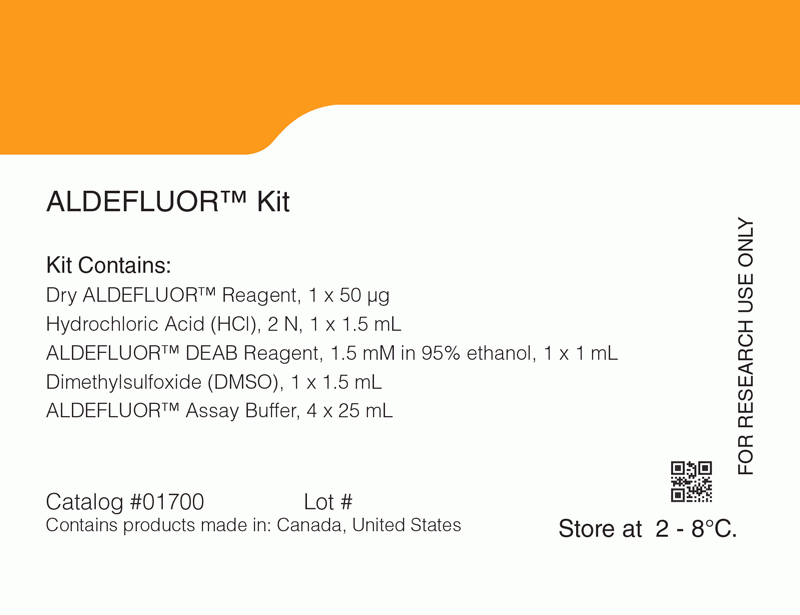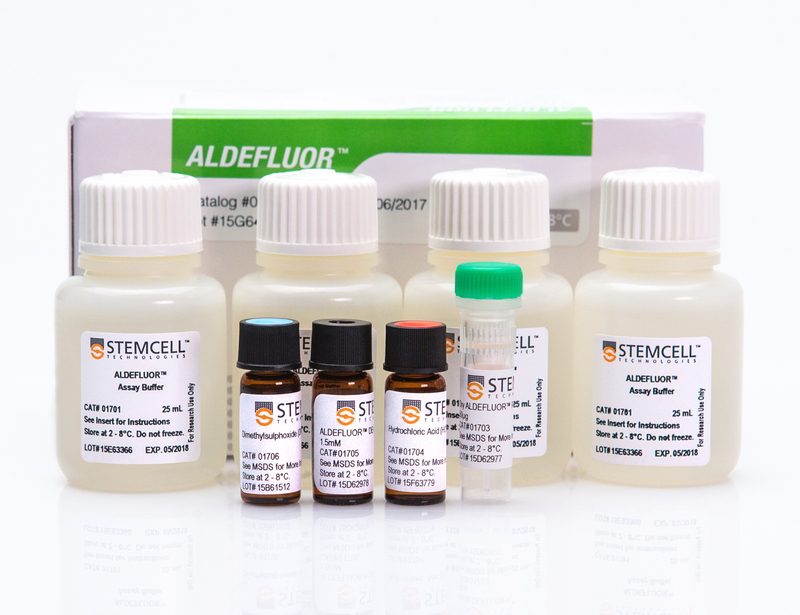概要
The ALDEFLUOR™ reagent system is a non-immunological method to identify stem/progenitor cells on the basis of their aldehyde dehydrogenase (ALDH) activity. High ALDH expression has been reported for normal and cancer precursor cells of various lineages, including hematopoietic, mammary, endothelial, mesenchymal, and neural. Cells expressing high levels of ALDH become brightly fluorescent (ALDHbr) and can be identified and enumerated using a standard flow cytometer or isolated by cell sorting for further purification and characterization.
The use of an internal cellular enzyme for identifying and isolating stem and progenitor cells provides an alternative to the more traditional method of staining with antibodies against cell surface antigens.
数据及文献
Publications (255)
Journal of immunology 2017
Diet-Derived Short Chain Fatty Acids Stimulate Intestinal Epithelial Cells To Induce Mucosal Tolerogenic Dendritic Cells.
G. Goverse et al.
Abstract
The gastrointestinal tract is continuously exposed to many environmental factors that influence intestinal epithelial cells and the underlying mucosal immune system. In this article, we demonstrate that dietary fiber and short chain fatty acids (SCFAs) induced the expression of the vitamin A-converting enzyme RALDH1 in intestinal epithelial cells in vivo and in vitro, respectively. Furthermore, our data showed that the expression levels of RALDH1 in small intestinal epithelial cells correlated with the activity of vitamin A-converting enzymes in mesenteric lymph node dendritic cells, along with increased numbers of intestinal regulatory T cells and a higher production of luminal IgA. Moreover, we show that the consumption of dietary fiber can alter the composition of SCFA-producing microbiota and SCFA production in the small intestines. In conclusion, our data illustrate that dietary adjustments affect small intestinal epithelial cells and can be used to modulate the mucosal immune system.
Proceedings of the National Academy of Sciences of the United States of America 2015 JAN
MSCs derived from iPSCs with a modified protocol are tumor-tropic but have much less potential to promote tumors than bone marrow MSCs.
Zhao Q et al.
Abstract
Mesenchymal stem or stromal cells (MSCs) have many potential therapeutic applications including therapies for cancers and tissue damages caused by cancers or radical cancer treatments. However, tissue-derived MSCs such as bone marrow MSCs (BM-MSCs) may promote cancer progression and have considerable donor variations and limited expandability. These issues hinder the potential applications of MSCs, especially those in cancer patients. To circumvent these issues, we derived MSCs from transgene-free human induced pluripotent stem cells (iPSCs) efficiently with a modified protocol that eliminated the need of flow cytometric sorting. Our iPSC-derived MSCs were readily expandable, but still underwent senescence after prolonged culture and did not form teratomas. These iPSC-derived MSCs homed to cancers with efficiencies similar to BM-MSCs but were much less prone than BM-MSCs to promote the epithelial-mesenchymal transition, invasion, stemness, and growth of cancer cells. The observations were probably explained by the much lower expression of receptors for interleukin-1 and TGFβ, downstream protumor factors, and hyaluronan and its cofactor TSG6, which all contribute to the protumor effects of BM-MSCs. The data suggest that iPSC-derived MSCs prepared with the modified protocol are a safer and better alternative to BM-MSCs for therapeutic applications in cancer patients. The protocol is scalable and can be used to prepare the large number of cells required for off-the-shelf" therapies and bioengineering applications."
Nature 2015 DEC
Neutrophils support lung colonization of metastasis-initiating breast cancer cells
Wculek SK and Malanchi I
Abstract
Despite progress in the development of drugs that efficiently target cancer cells, treatments for metastatic tumours are often ineffective. The now well-established dependency of cancer cells on their microenvironment suggests that targeting the non-cancer-cell component of the tumour might form a basis for the development of novel therapeutic approaches. However, the as-yet poorly characterized contribution of host responses during tumour growth and metastatic progression represents a limitation to exploiting this approach. Here we identify neutrophils as the main component and driver of metastatic establishment within the (pre-)metastatic lung microenvironment in mouse breast cancer models. Neutrophils have a fundamental role in inflammatory responses and their contribution to tumorigenesis is still controversial. Using various strategies to block neutrophil recruitment to the pre-metastatic site, we demonstrate that neutrophils specifically support metastatic initiation. Importantly, we find that neutrophil-derived leukotrienes aid the colonization of distant tissues by selectively expanding the sub-pool of cancer cells that retain high tumorigenic potential. Genetic or pharmacological inhibition of the leukotriene-generating enzyme arachidonate 5-lipoxygenase (Alox5) abrogates neutrophil pro-metastatic activity and consequently reduces metastasis. Our results reveal the efficacy of using targeted therapy against a specific tumour microenvironment component and indicate that neutrophil Alox5 inhibition may limit metastatic progression.
Gut 2014 SEP
β7 integrins are required to give rise to intestinal mononuclear phagocytes with tolerogenic potential.
Villablanca EJ et al.
Abstract
BACKGROUND AND OBJECTIVE While pro-inflammatory monocyte trafficking to the intestine has been partially characterised, the molecules required for migration of tolerogenic mononuclear phagocytes (dendritic cells (DC) and macrophages) are unknown. We hypothesised that the gut-homing receptor integrin α4β7 is required for this process. METHODS We used a T cell-mediated colitis model to study the role of α4β7 in the innate immune compartment. We then performed competitive bone marrow (BM) reconstitution experiments to assess the requirement of α4β7 in the generation of intestinal retinoic acid (RA)-producing CD11c(hi) DC (ALDE(+)DC) and CD64 macrophages. Using mixed BM chimeras we also asked whether α4β7 is required to give rise to tolerogenic mononuclear phagocytes. RESULTS Lack of β7 integrins in the innate immune compartment (β7(-/-)RAG2(-/-) mice) markedly accelerated T cell-mediated colitis, which was correlated with lower numbers and frequencies of ALDE(+)DC in mesenteric lymph nodes. Consistent with a role of α4β7 in the generation of intestinal mononuclear phagocytes, BM cells from β7(-/-) mice poorly reconstituted small intestine ALDE(+)DC and Mφ when compared to their wild type counterparts. In addition, mice lacking β7 integrins in the CD11c(hi) compartment showed decreased ability to induce Foxp3(+) T(REG) and IL-10-producing T cells. CONCLUSIONS Mice lacking β7 integrins in the innate immune compartment are more susceptible to intestinal inflammation, which is correlated with a requirement of β7 integrins to reconstitute gut mononuclear phagocytes with tolerogenic potential.
Nature 2014 OCT
Oncogene ablation-resistant pancreatic cancer cells depend on mitochondrial function.
Viale A et al.
Abstract
Pancreatic ductal adenocarcinoma (PDAC) is one of the deadliest cancers in western countries, with a median survival of 6 months and an extremely low percentage of long-term surviving patients. KRAS mutations are known to be a driver event of PDAC, but targeting mutant KRAS has proved challenging. Targeting oncogene-driven signalling pathways is a clinically validated approach for several devastating diseases. Still, despite marked tumour shrinkage, the frequency of relapse indicates that a fraction of tumour cells survives shut down of oncogenic signalling. Here we explore the role of mutant KRAS in PDAC maintenance using a recently developed inducible mouse model of mutated Kras (Kras(G12D), herein KRas) in a p53(LoxP/WT) background. We demonstrate that a subpopulation of dormant tumour cells surviving oncogene ablation (surviving cells) and responsible for tumour relapse has features of cancer stem cells and relies on oxidative phosphorylation for survival. Transcriptomic and metabolic analyses of surviving cells reveal prominent expression of genes governing mitochondrial function, autophagy and lysosome activity, as well as a strong reliance on mitochondrial respiration and a decreased dependence on glycolysis for cellular energetics. Accordingly, surviving cells show high sensitivity to oxidative phosphorylation inhibitors, which can inhibit tumour recurrence. Our integrated analyses illuminate a therapeutic strategy of combined targeting of the KRAS pathway and mitochondrial respiration to manage pancreatic cancer.
Modern pathology : an official journal of the United States and Canadian Academy of Pathology, Inc 2014 MAY
ALDH1A1 defines invasive cancer stem-like cells and predicts poor prognosis in patients with esophageal squamous cell carcinoma.
Yang L et al.
Abstract
Invasion and metastasis are the major cause of deaths in patients with esophageal cancer. In this study, we isolated cancer stem-like cells from an esophageal squamous cell carcinoma cell line EC109 based on aldehyde dehydrogenase 1A1 (ALDH1A1), and found that ALDH1A1(high) cells possessed the capacities of self-renewal, differentiation and tumor initiation, indications of stem cell properties. To support their stemness, ALDH1A1(high) cells exhibited increased potential of invasion and metastasis as compared with ALDH1A1(low) cells. ALDH1A1(high) esophageal squamous cell carcinoma cells expressed increased levels of mRNA for vimentin, matrix metalloproteinase 2, 7 and 9 (MMP2, MMP7 and MMP9), but decreased the level of E-cadherin mRNA, suggesting that epithelial-mesenchymal transition and secretary MMPs may be attributed to the high invasive and metastatic capabilities of ALDH1A1(high) cells. Furthermore, we examined esophageal squamous cell carcinoma specimens from 165 patients and found that ALDH1A1(high) cells were associated with esophageal squamous dysplasia and the grades, differentiation and invasion depth, lymph node metastasis and UICC stage of esophageal squamous cell carcinoma, as well as poor prognosis of patients. Our results provide the strong evidence that ALDH1A1(high) cancer stem-like cells contribute to the invasion, metastasis and poor outcome of human esophageal squamous cell carcinoma.
View All Publications
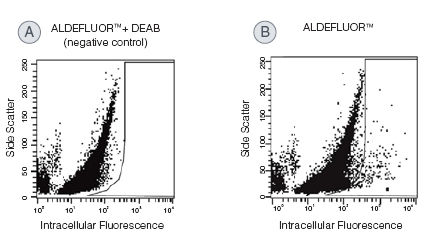
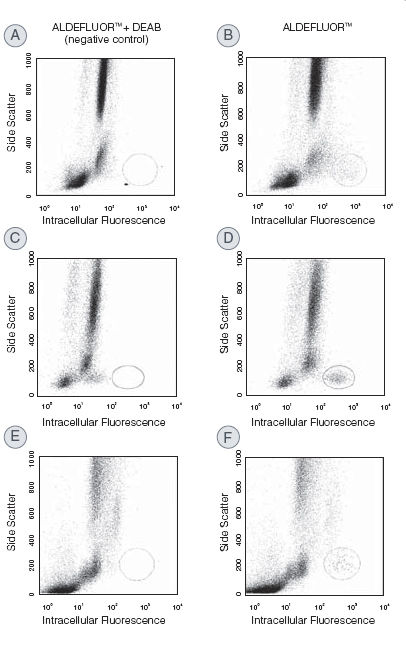

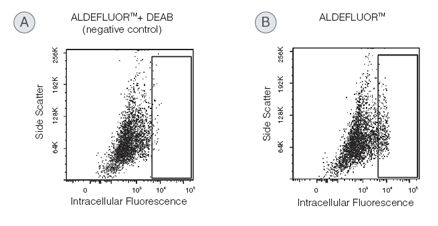

 网站首页
网站首页
